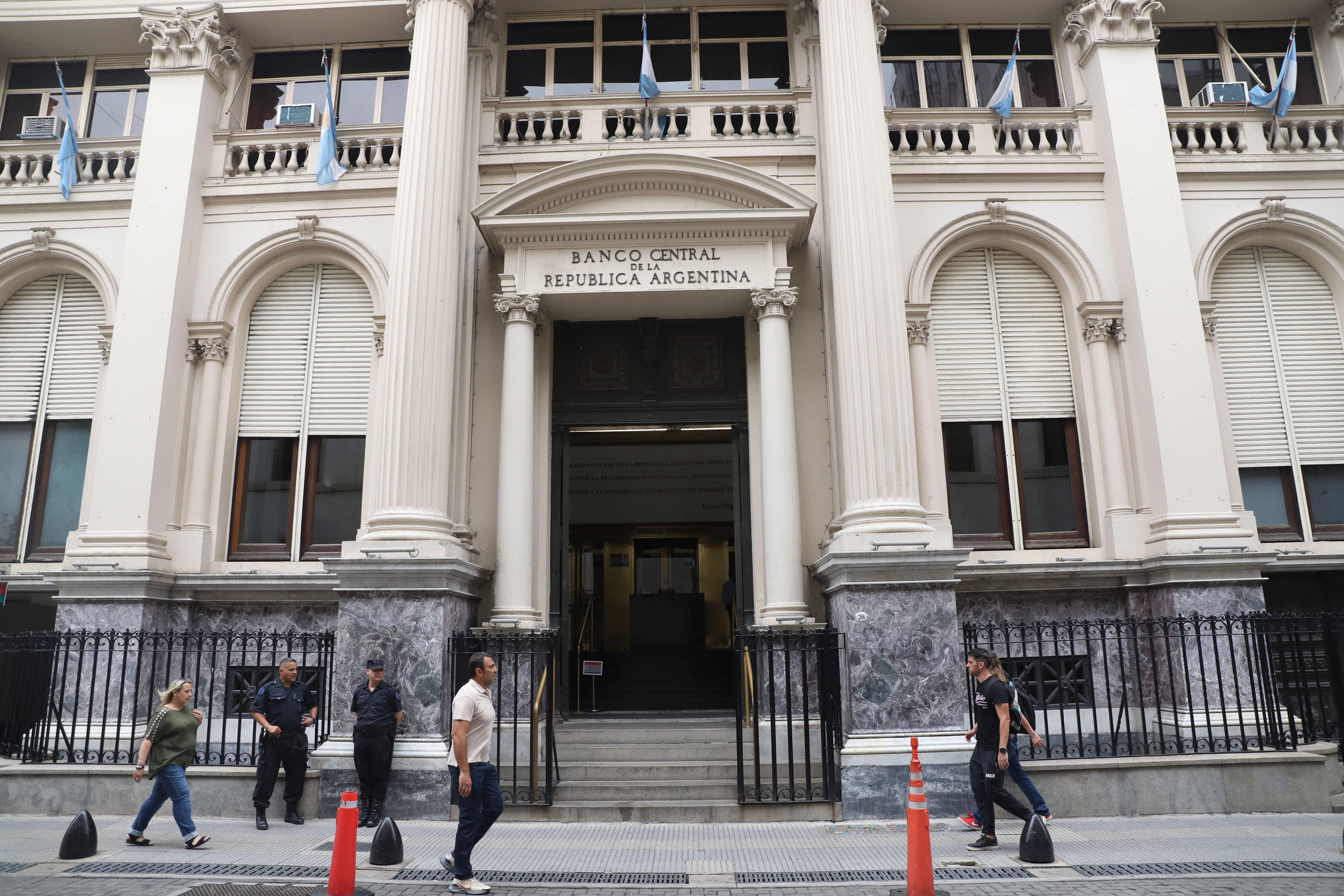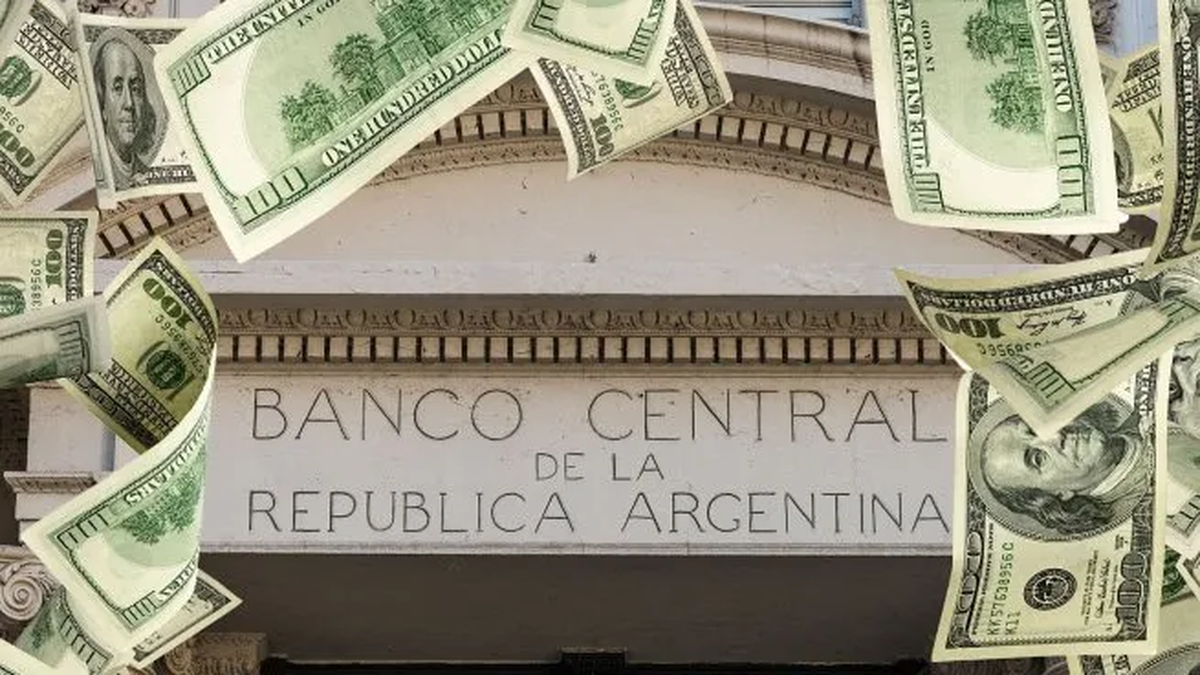In response to the evolution of the economic situation and financial liquidity conditionsthis Monday Central Bank (BCRA) established a series of measures that imply important changes in monetary policy. The most notable is, without a doubt, the deregulation of minimum interest rates for fixed terms starting this Tuesday, March 12, but, on the other hand, a reduction in the monetary policy rate was ordered and modifications were made to the rules for access to the transfer window.
It should be remembered that the BCRA had lowered the fixed-term interest rate from 133% to 110% effective annual (TNA) for placements traditional 30 days. In this way, the monthly return (TEM) of these savings instruments became the 9.04% (between 6 and 8 percentage points below the price index estimated for the month).
And, now, it takes another step in that direction by arranging a reduction in its monetary policy rate (that of repos) from 100% to 80%. As he explains through his social network account economist Federico FuriaseLuis Caputo’s right hand man, “this implies a drop in the effective monthly rate of repos from 8.6% to 6.8% monthly effective (TEM) and, therefore, a reduction in the endogenous monetary issue (due to repo interests) of around $530,000 million per month, equivalent to 5% of the current monetary base.”
Likewise, it was established deregulation of minimum interest rates starting this Tuesday, March 12, which implies that “the minimum fixed-term rate is eliminated”, so banks will be able to begin to set their own performance on these instruments on their own.
For its part, through the same social network, the economist Diego Martínez Burzaco, from Inviewpointed out that the main objective is to “seek a rebound of the free dollar” and “continue liquefying pesos in real terms, avoiding a positive real rate with a disinflation process”.
The theme, for economist Camilo Tiscornia, director of CYT Economic Advisors, The thing is that the Government anticipates that there will be a good inflow of foreign currency and does not want the exchange rate to drop so much. “They cannot continue with this dynamic of 2% monthly with this inflation that, although it may slow down, remains high and they seek to reverse the sharp fall in parallel dollars,” he says.
The deregulation of the fixed term and lower rates: one of lime and one of sand
He finance analyst and City guru Salvador Di Stefano explains that “it is very bad news for the saver, but very good news for the productive sector.” And he explains that, as of this Tuesday, we may find ourselves with a fixed-term rate below the new yield of the repos.
If that happens, he anticipates “the saver of the fixed term would have a very negative rate against 12-month inflation, but the credits with which small and medium-sized businesses (SMEs) are financed They would also be left with an interest rate below the indexation of the economy.” According to his vision, this could have a positive impact on the evolution of economic and productive activity.
In that same line, the economist Federico Glustein points out that “it is time to boost the economy and that this measure can help in that sense.” He explains that this is a significant drop with inflation that, monthly, remains above 15%. And it indicates, in that sense, that those who have a certain liquidity will go looking for investment instruments more tied to the CER index (to inflation).
For him, it is a good measure, but he warns that we will have to see how the fate of these pesos is resolved, which, initially They could go to UVA fixed terms or even to the dollar.
Source: Ambito




